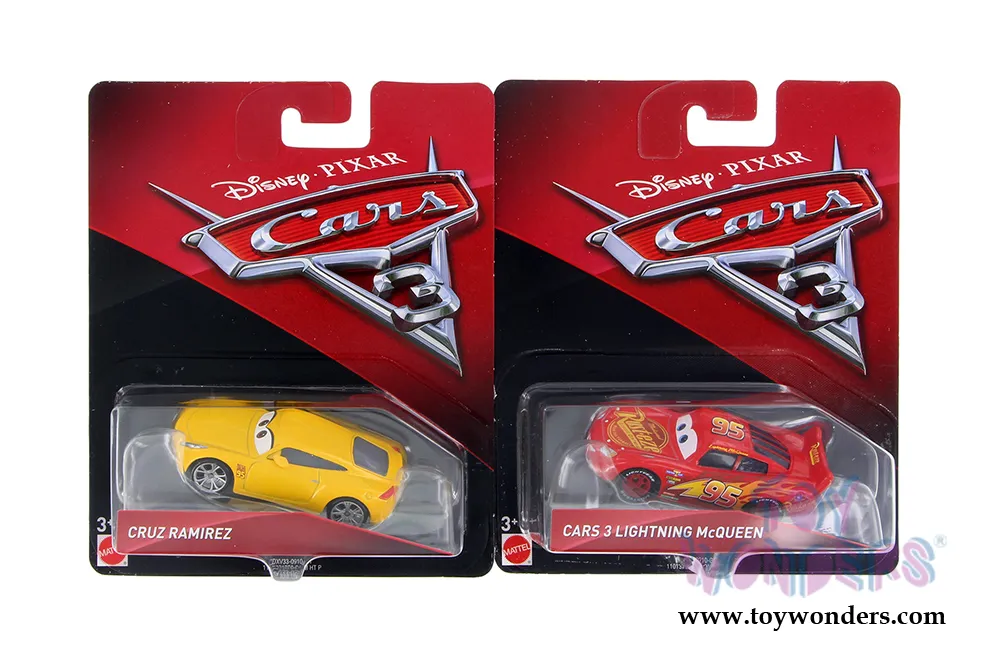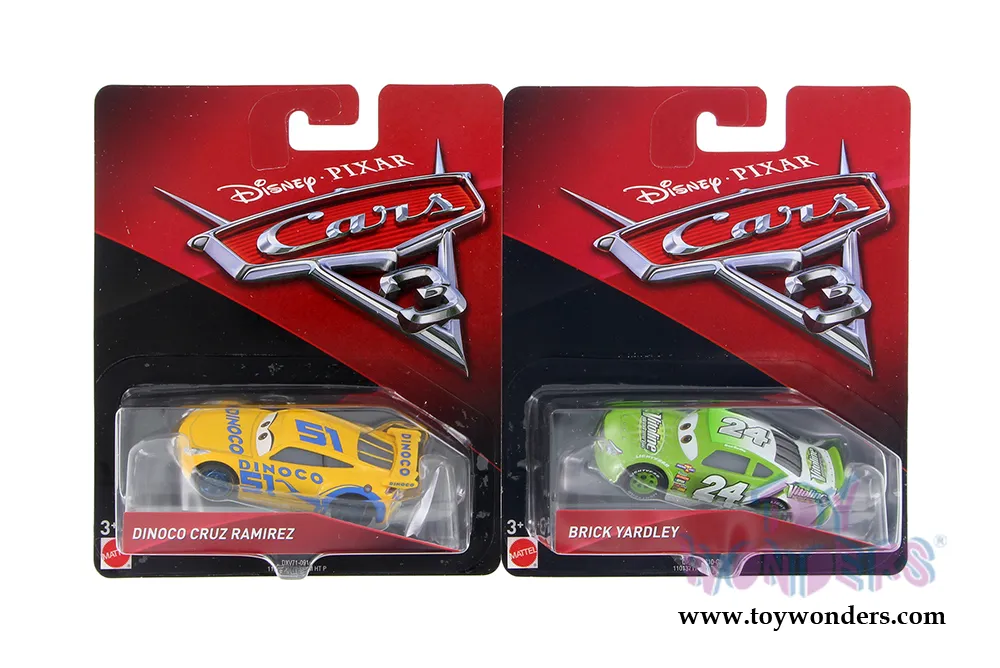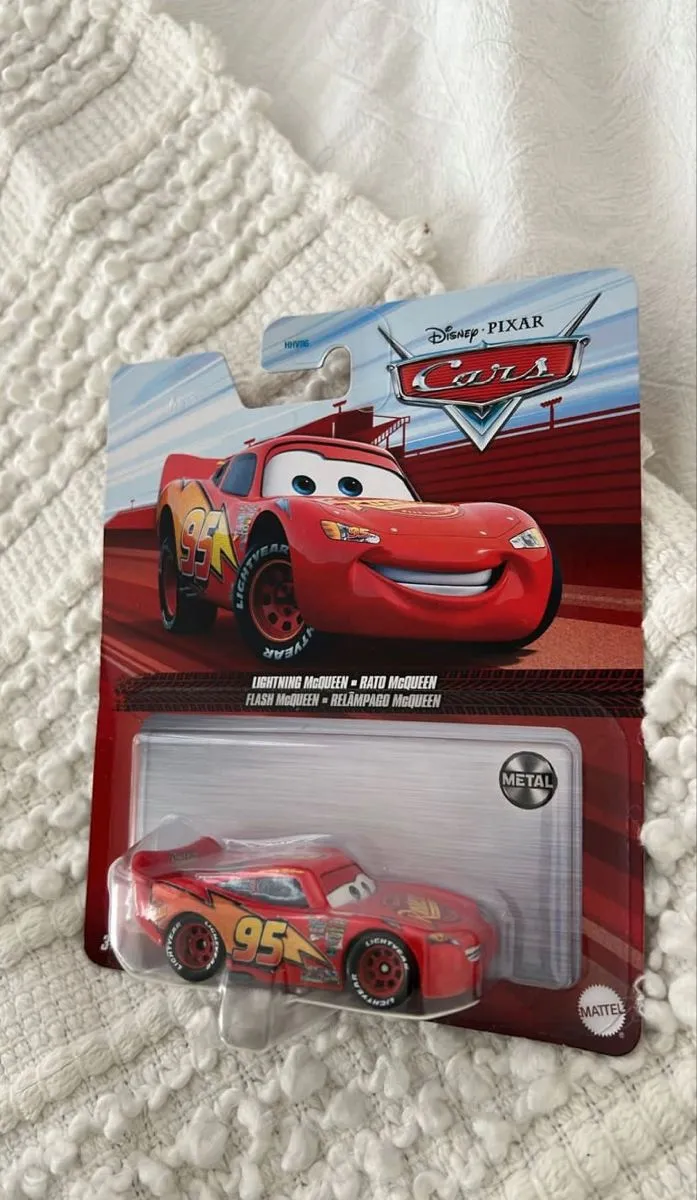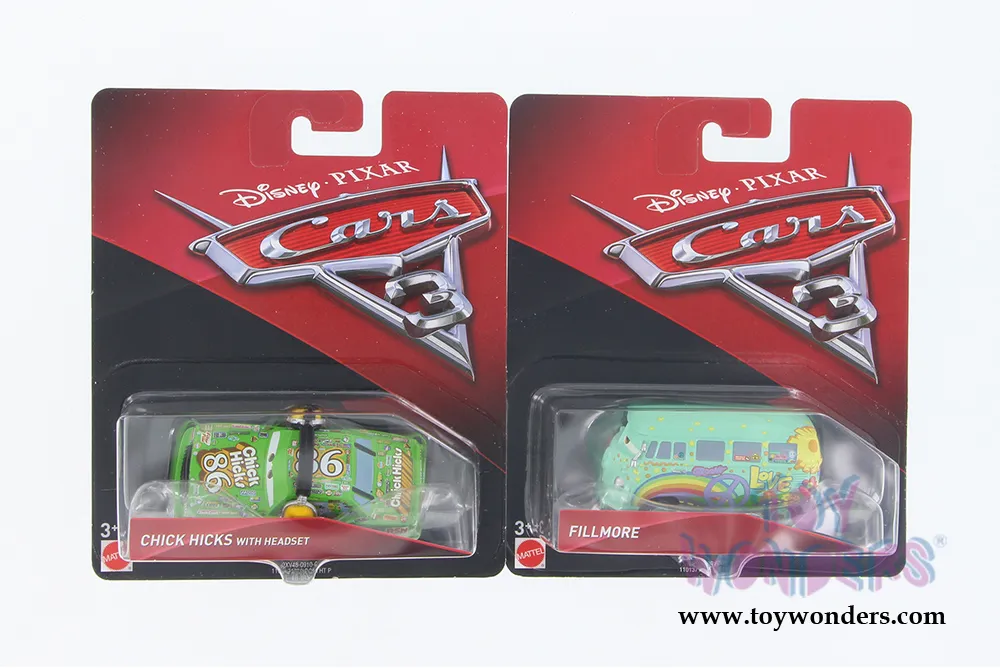What is a Diecast Model Car?
Diecast model cars are miniature replicas of real-world automobiles, meticulously crafted using a die-casting process. This involves injecting molten metal, typically zinc alloy, into molds to create detailed car bodies and parts. These models are not just toys, but also cherished collectibles and prized possessions for enthusiasts of all ages. The appeal of diecast model cars lies in their realism, the wide variety of available makes and models, and the satisfaction of building a collection.
Materials Used in Diecast Model Cars
The construction of a diecast model car involves several materials that contribute to its durability, detail, and overall quality. Understanding these materials is crucial for appreciating the craftsmanship and value of these miniature vehicles. The primary materials used are zinc alloy, plastic components, and rubber tires.
Zinc Alloy

The foundation of a diecast model car is typically made from zinc alloy. This metal is favored because of its ability to capture fine details during the die-casting process. Zinc alloy offers a good balance of strength, durability, and the ability to take on intricate shapes. The use of zinc alloy allows manufacturers to replicate complex designs and ensure that the model feels substantial in hand. The weight and feel of the zinc alloy contribute significantly to the model car’s premium quality.
Plastic Components
While zinc alloy forms the main body, plastic components play a vital role in creating the detailed features of a diecast model car. Plastic is used for parts like interior elements (seats, dashboards, steering wheels), lights, mirrors, and sometimes even the chassis. Plastic allows for the creation of intricate and complex designs that would be difficult or impossible to achieve with zinc alloy alone. The use of plastic also helps to reduce the overall cost of production and enables manufacturers to achieve a high level of detail. The plastic components are frequently painted and finished to match the exterior and interior colors of the car.
Rubber Tires
Rubber tires are an essential element of diecast model cars, providing a realistic appearance and the ability to roll smoothly. The choice of rubber affects the look and feel of the model. The texture of the rubber can vary to replicate the tread patterns of real tires. The quality of the rubber impacts durability and the ability of the wheels to roll. Tires are often black, but can also be white-walled or feature colored details to replicate different tire styles found on real vehicles.
Scale and Size [5 Key Considerations]

Diecast model cars come in various scales, each representing a different proportion of the real-world car. The scale determines the size of the model relative to the original vehicle. Choosing the right scale is essential for collectors. The most common diecast model car scales include 1 18, 1 24, 1 43, and 1 64. The scale influences not only the physical dimensions but also the level of detail and, consequently, the price. Selecting the scale that best suits your interests and available display space is a key part of the collecting process.
1 18 Scale
1 18 scale models are large, typically around 10 inches long, allowing for a high level of detail. These models often feature opening doors, hoods, and trunks, as well as detailed engines and interiors. 1 18 scale models are popular among serious collectors who appreciate intricate craftsmanship and are ideal for detailed display. The size of these models requires significant display space, which is a key consideration for potential buyers.
1 24 Scale
1 24 scale models are slightly smaller than 1 18 scale, with a length of approximately 7–8 inches. They still offer a good level of detail, including opening parts and detailed interiors, though often with less intricate engine components than their larger counterparts. 1 24 scale is a good balance between detail and affordability, and it is a common scale for collectors looking for a diverse range of models.
1 43 Scale

1 43 scale models are significantly smaller, typically around 4–5 inches long. They provide a good level of detail for their size, often representing a wider range of vehicles. 1 43 scale is often preferred for its affordability and ease of display, as it allows collectors to amass a large collection without requiring excessive space. This scale is popular among collectors who appreciate variety.
1 64 Scale
1 64 scale models are the smallest of the common scales, with a length of approximately 2–3 inches. They are very affordable and widely available, making them accessible to many collectors. While the detail is less intricate compared to larger scales, they still capture the essence of the real cars. 1 64 scale is suitable for casual collectors and children, offering many models at a lower cost and requiring minimal display space.
Factors to Consider When Buying [Top 5]
When purchasing diecast model cars, several factors will influence your decision. Evaluating these aspects ensures you are acquiring models that meet your criteria for quality, value, and personal enjoyment. Considering authenticity, brand reputation, price, rarity, and where you will buy are the essential elements to consider when deciding on diecast model cars.
Authenticity and Detail

The authenticity and level of detail are primary considerations. Look for models that accurately replicate the features of the real car, including the body shape, paint, interior, and engine components. High-quality models have detailed interiors, realistic wheels and tires, and often include opening doors and hoods. Authentic models use the correct logos, emblems, and accurate color schemes.
Brand Reputation
Different manufacturers have varying reputations for quality and detail. Brands such as Autoart, Minichamps, and Kyosho are known for producing high-quality, highly detailed models. Other reputable brands include Hot Wheels, Maisto, and Greenlight, which offer a more affordable range of models. Researching the brand’s reputation for quality, accuracy, and customer satisfaction helps ensure you’re investing in reliable models.
Price and Budget
Diecast model cars vary widely in price, from a few dollars to several hundred dollars. Establish a budget before you start buying. Consider the scale, brand, detail level, and rarity of the model when evaluating the price. Determine how much you’re willing to spend on individual models and on your entire collection. Consider the long-term value and potential appreciation of the model when making your decision.
Rarity and Collectibility

Some diecast model cars are produced in limited quantities, making them more valuable and collectible. Limited edition models, special releases, and rare variants can increase in value over time. Factors that influence collectibility include the manufacturer, model, color, and availability. Research the production numbers and history of a model if you are interested in its investment potential. Collectible models are often a good investment.
Where to Buy Diecast Model Cars
Diecast model cars are available through various channels, each with its own advantages. Knowing where to buy diecast model cars ensures you can find the models you desire at the best prices, and the safest way possible. Options for acquiring models include online marketplaces and specialty shops.
Online Marketplaces
Online marketplaces such as eBay, Amazon, and dedicated diecast car websites provide a vast selection of models from various sellers. They offer competitive prices, a wide variety of models, and the convenience of shopping from home. However, it’s important to examine seller ratings, read product descriptions carefully, and check return policies before making a purchase. Verify the seller’s reputation to mitigate risks and ensure the model’s authenticity.
Specialty Shops

Specialty shops dedicated to diecast model cars provide a more curated selection, offering expert advice and a higher level of customer service. These shops often carry a wide range of models and can provide detailed information about each model. The staff can help you find rare or limited-edition models and offer insights into collecting. Specialty shops offer a more reliable and personal shopping experience, especially if you’re new to collecting or seeking particular models.
Diecast Model Car Care and Maintenance
Proper care and maintenance are important to preserve the quality and value of your diecast model cars. The care extends the life of your models and helps protect them from damage. Maintaining your diecast models involves keeping them clean, stored appropriately, and handled with care to prevent damage. Regular maintenance ensures that your models retain their value and continue to be enjoyed for years to come.
Regular cleaning helps preserve the model’s appearance. Dusting the models with a soft brush or cloth is essential. If necessary, gently clean the model with a slightly damp cloth, avoiding excessive moisture. Store your models in a cool, dry place away from direct sunlight to prevent fading and damage. Consider displaying them in a dust-proof case or cabinet to protect them from environmental factors.
Handle the models with care to avoid scratches or damage. When picking up a model, hold it by the chassis or the base, not by delicate parts such as mirrors or antennas. Avoid dropping your models. Be mindful of any moving parts, such as doors, hoods, and wheels, and handle them with care to prevent breakage. Avoid extreme temperatures to prevent material degradation.
